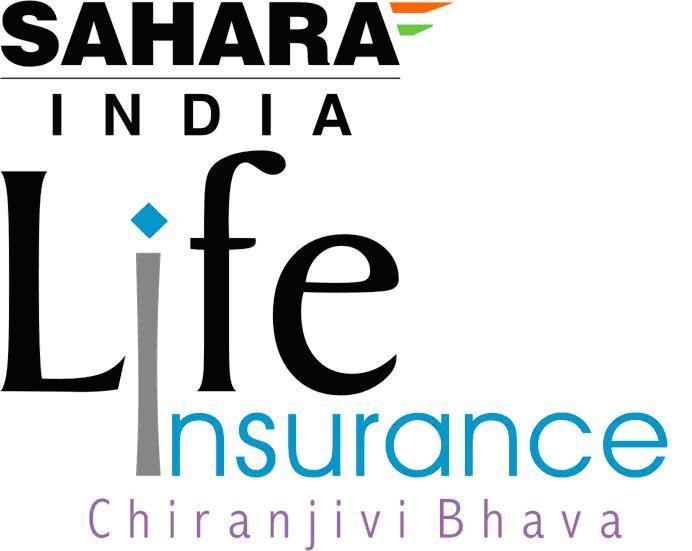
- Tax BenefitUp to 1,50,000**
- Claim SupportEveryday 10AM-7PM
- 45 Lacs+Happy Customers
*Standard Terms and Conditions Apply.
**Tax benefits are subject to changes in Income Tax Act.
GetTax Benefitsu/s 80C & 10(10D)
Best Investment Plans

It is a form of investment which gives you guaranteed returns mentioned while investing along with life coverage.

iSelect Guaranteed Future- iAchieve
You Invest
₹1 Lakh p.a.10 yearsYou GET Tax Free
₹29.1 Lakh20 years

Smart Wealth Plan
You Invest
₹1 Lakh p.a.10 yearsYou GET Tax Free
₹27.3 Lakh20 years

POS Goal Suraksha
You Invest
₹1 Lakh p.a.10 yearsYou GET Tax Free
₹27.1 Lakh20 years
Meaning of Income Tax Slabs
Taxes are imposed at various rates based on the taxpayer's income. This means the rates change depending on income levels. These tax brackets and their related tax rates are specified by law and are referred to as "income tax slabs." At present, the old tax regime and the new tax regime are the two options available to Indian taxpayers.
Income Tax Slab Rate Under Two Schemes
The details for the old vs. new income tax slab rates are mentioned in the table below.
|
Annual Income (Rs.) |
Old Tax Rate (%) |
New Tax Rate (%) |
|
Up to Rs. 2 lakhs |
Nil |
Nil |
|
Rs. 2.5 lakh to Rs. 5 lakh |
5% |
5% |
|
Rs. 5 lakh to Rs. 7.5 lakh |
20% |
10% |
|
Rs. 7.5 lakh to Rs. 10 lakhs |
20% |
15% |
|
Rs. 10 lakhs to Rs. 12.5 lakhs |
30% |
20% |
|
Rs. 12.5 lakhs to Rs. 15 lakhs |
30% |
25% |
|
Rs. 15 lakhs and above |
30% |
30% |
Difference Between the New and Old Income Tax Scheme
In addition to the existing tax regime, a new tax regime was implemented. Taxpayers can choose between these income tax regimes and pay taxes accordingly. Listed below are two significant distinctions between these two income tax systems in India:
- The new tax regime has more tax slabs with lower tax rates than the old tax regime.
- If you choose the new tax system, you cannot take advantage of any of the significant exemptions and deductions that were available under the old tax system, such as Sections 80C and 80D.
Types of Taxable Income in India
According to the Income Tax Act of 1961, the following are some of the various types of taxable income in India:
- Business Income
- Rental income or any other income generated through property
- Income received through lotteries, horse races, and others
- Capital gain incomes
- Gifts received from friends and families
- Interest gained through savings bank account, fixed deposits, and others
Exemptions And Deduction Under New Tax Scheme
Listed below are some of the exemptions and deductions that are no longer applicable under the new tax scheme.
- Leave Travel Allowance
- House Rent Allowance
- Standard deduction of Rs. 50,000 for salaried individuals
- Interest deductions from savings account deposits made in accordance with Section 80TTA/TTB
- Tax-saving schemes such as insurance premiums, public provident funds, National Pension Schemes, and others under Chapter VI-A, have various subsections under Section 80.
- Benefit on interest paid on home loan under Section 24
- Income received from certain sources like life insurance, agricultural income, and others.
- Standard rent deduction
- Retirement leave encashment
- Amount upto Rs. 5,00,000 under the Voluntary Retirement Scheme (VRS).
Things To Keep in Mind While Choosing Between Income Tax Slabs
In India, individual tax payers currently have the option to select either the old tax regime or the new tax regime. But before you decide, take into account these 5 significant factors:
Tax Saving Exemptions and Deductions:
Compared to the previous tax system, the new system will have more income tax slabs and lower income tax slab rates in FY 2022–2023 (FY2022). But there aren't many exclusions and deductions available under the new tax system. Therefore, compare the exemptions and deductions thoroughly before choosing between the old and new income tax slabs.
Age-Based Lower Tax Exemption Limit:
According to income tax slab rates in AY 2023–2024, the old tax system offers larger tax exemptions for elderly citizens and super senior citizens of Rs. 3 lakh and Rs. 5 lakh, respectively. Under the new tax system, which offers the same Rs. 2.5 lakh exemption limit regardless of the taxpayer's age, this greater limit is not available.
Consider Benefits Instead of Tax Savings:
Under the old tax system, expenditures and investments that save on taxes, such as term life insurance, the Public Provident Fund, and the National Pension System, offer a double advantage. Thus, you pay less in taxes, but they also offer advantages like long-term wealth growth or family financial security. You do not obtain any tax-saving benefits under the new tax system.
FAQs
-
-
Is it possible to switch back to the old tax regime?
A salaried employee can switch between a new and old tax regime every year. However, individuals with business income are provided with a once-in-a-lifetime opportunity to switch back to the old income tax system.
-
Can I take the standard deduction of Rs. 50,000 from my salary under the new tax system?
Under the new tax slab, it is no longer possible to take the standard deduction for salaries of Rs. 50,000 each year. In order to receive this benefit, you must choose an old tax system.
-
Should I file an Income Tax Return (ITR) if my yearly income is less than Rs 2.5 lakh?
It is compulsory to file an ITR only if your total annual income is higher than the maximum exempt amount of Rs 2.5 lakh.
-
Is it mandatory to choose a new tax regime to file an income tax return?
No. As a taxpayer, you have the option of choosing the old or new tax system and paying your taxes in accordance with the applicable income tax slab rates.





































